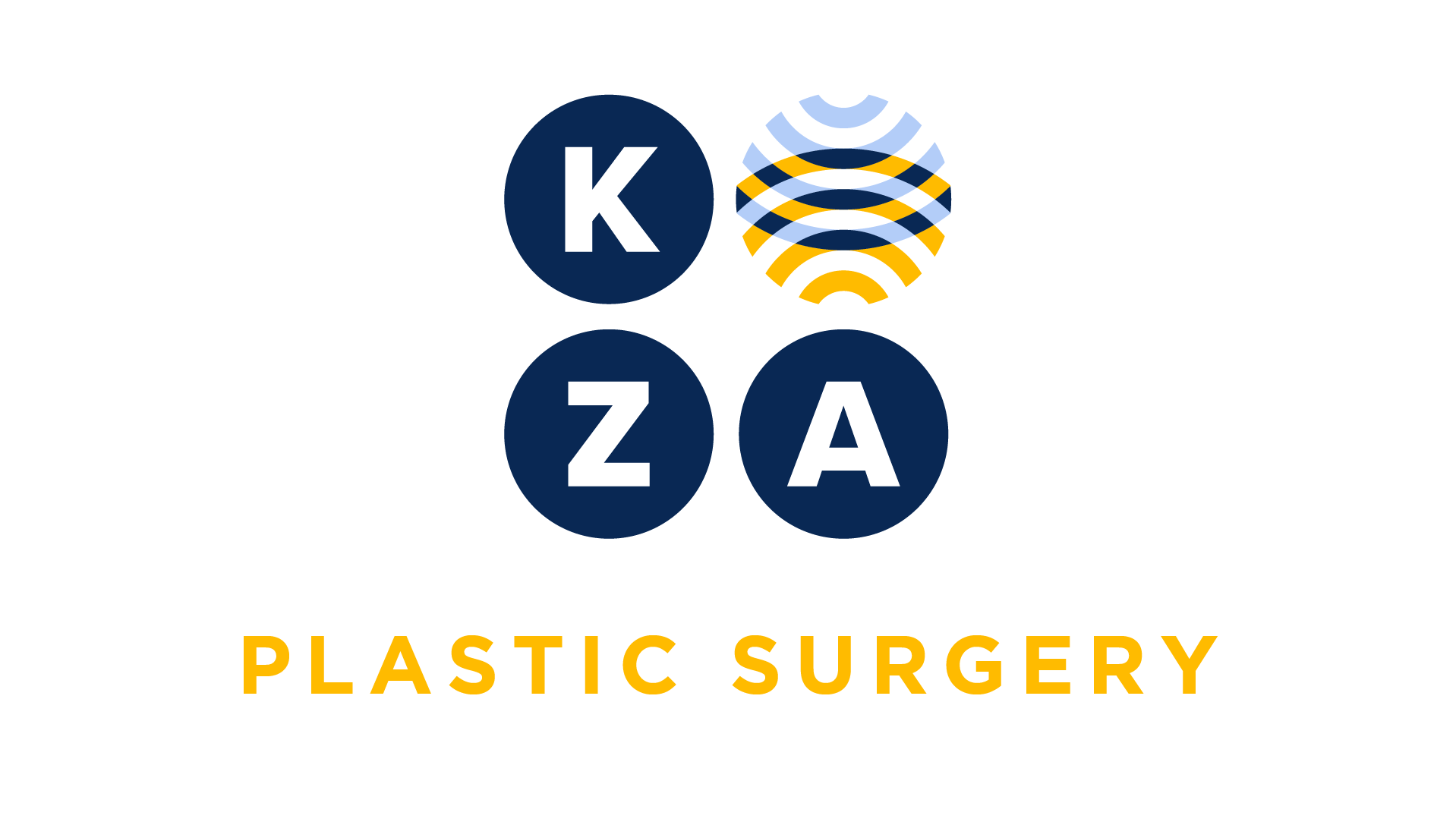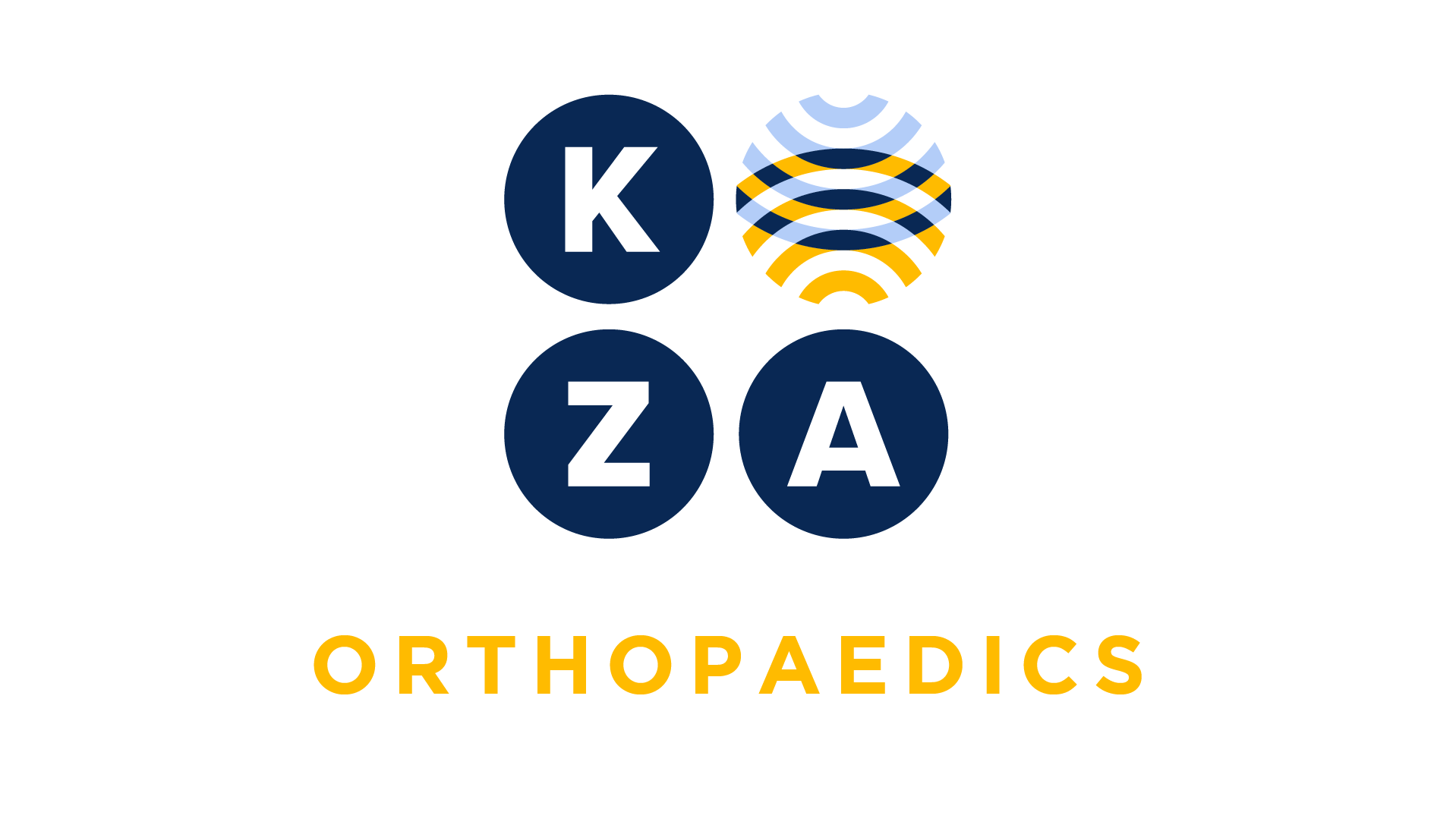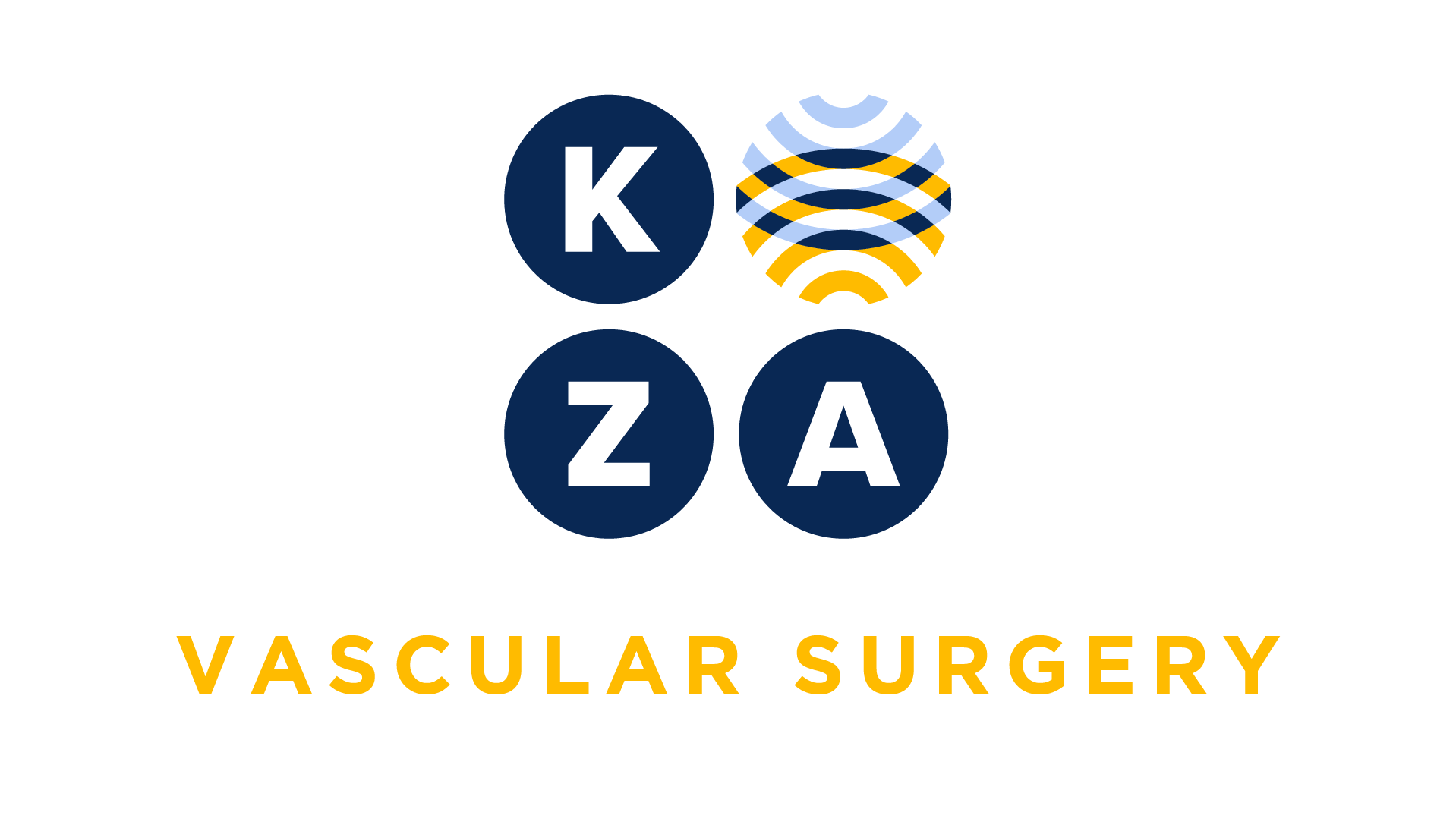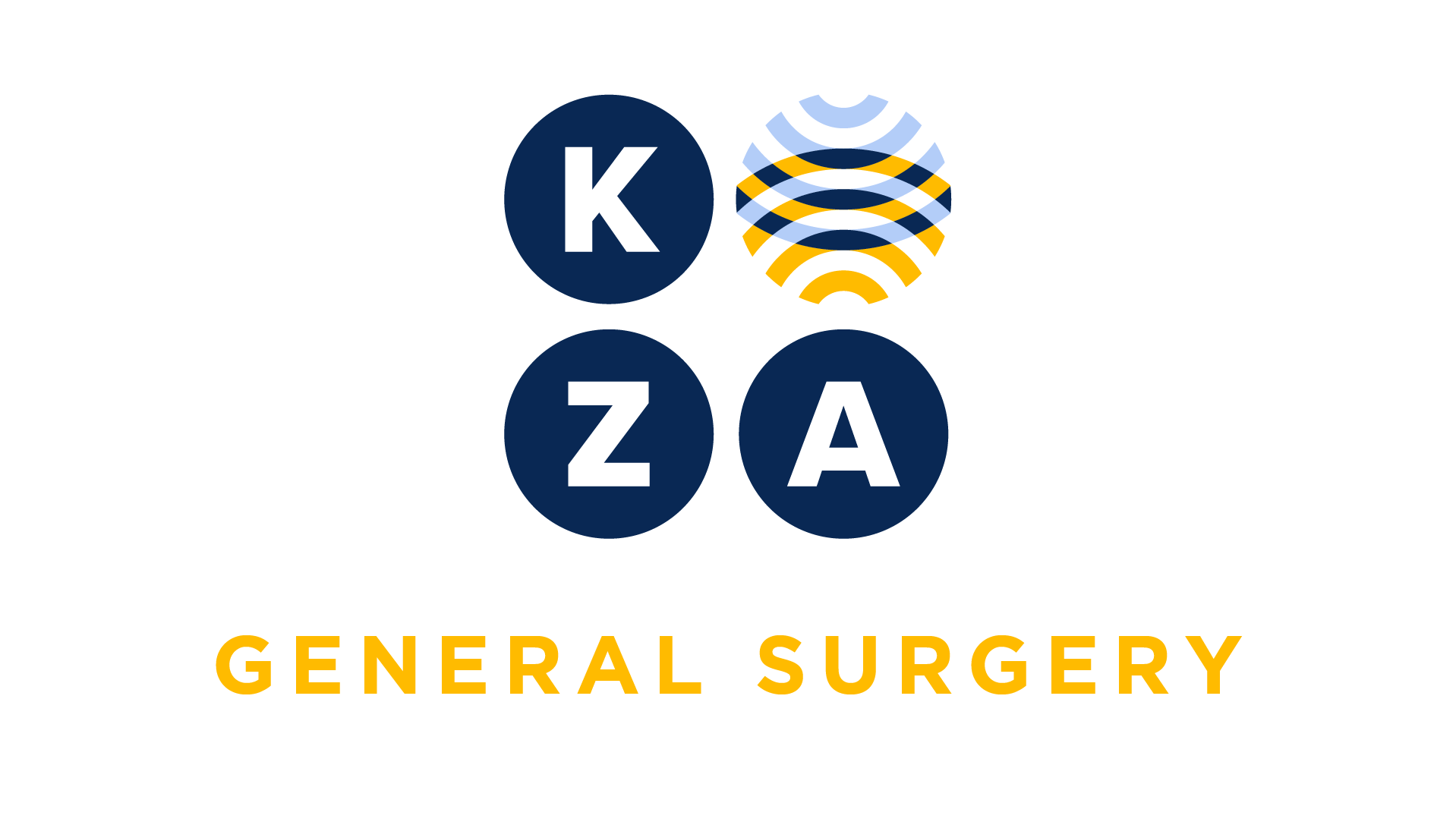
Choose your specialty from the list below to see how our experts have tackled a wide range of client questions.
Looking for something specific? Utilize our search feature by typing in a key word!
Craniosynostosis Co-surgery Question
We have a new plastic surgeon who will start doing craniosynostosis surgery with a pediatric neurosurgeon. Will this be co-surgery using modifier 62?
Question:
We have a new plastic surgeon who will start doing craniosynostosis surgery with a pediatric neurosurgeon. Will this be co-surgery using modifier 62?
Answer:
Potentially yes. It will depend on which surgeon does what part of the procedure. All the craniosynostosis codes (61550 – 61559) accept modifier 62 so if both the plastic surgeon and neurosurgeon do different parts of that CPT code then modifier 62 would be appropriate. If the plastic surgeon does other work such as orbital advancement then the plastic surgeon may separately report that code(s) which might not be co-surgery. It’s going to all depend on the documentation.
New vs Established Patient
I am a contracted physician with a group practice (Practice A) in our town. I have an opportunity to contract with another practice (Practice B) not in the same town, but near enough that my patients could see me in either location. My question has to do with the definition of new and established patients. If I see a patient in Practice A and that patient sees me in Practice B, is that the encounter in Practice B a new patient encounter?
Question:
I am a contracted physician with a group practice (Practice A) in our town. I have an opportunity to contract with another practice (Practice B) not in the same town, but near enough that my patients could see me in either location. My question has to do with the definition of new and established patients. If I see a patient in Practice A and that patient sees me in Practice B, is that the encounter in Practice B a new patient encounter?
Answer:
Thanks for your inquiry and this question is one that is sometimes confusing or where the new practice may not like to hear the answer.
Assuming the patient from Practice A sees you in Practice B within three years of the encounter in Practice A, it is an established patient encounter for you. The same holds true if you first see the patient in Practice B and the patient follows up with you in Practice A within the three year period.
In the June 1999 edition of CPT Assistant (Q&A included below), the AMA also extended the limitation to partners in practice A, meaning if the patient saw you or a partner in Practice A, and saw you in practice B within a three year period, the patient would be established to you, even in a different group.
“Changing Group Practices
What about the physician who leaves one group practice and joins a different group practice elsewhere in the state? Consider Dr A who leaves his group practice in Frankfort, Illinois and joins a new group practice in Rockford, Illinois. When he provides professional services to patients in the Rockford practice, will he report these patients as new or established?
If Dr A, or another physician of the same specialty in the Rockford practice, has not provided any professional services to that patient within the past three years, then Dr A would consider the patient a new patient. However, if Dr A, or another physician of the same specialty in the Rockford practice, has provided any professional service to that patient within the past three years, the patient would then be considered an established patient to Dr A. Remember, the definitions include professional services rendered by other physicians of the same specialty in the same group practice.”
Something else to consider:
The following comment is not related to your inquiry but one to consider. If a patient from Practice A has a surgical procedure with a 90 day global period, KZA recommends all follow-up care be performed in Practice A, as this practice was reimbursed for the surgical procedure. If the patient is instead seen in follow-up in Practice B during the global period, 99024 must be reported and there is no reimbursement to Practice B to offset expenses for that encounter.
Co-Surgery Due to Complex Procedure
I have 2 vascular surgeons from the same practice that want to bill co-surgery for a complex open abdominal aneurysm repair. They both performed the same code but say that it should be co-surgery because it was complex and needed both surgeons. Can we bill with modifier -62?
Question:
I have 2 vascular surgeons from the same practice that want to bill co-surgery for a complex open abdominal aneurysm repair. They both performed the same code but say that it should be co-surgery because it was complex and needed both surgeons. Can we bill with modifier -62?
Answer:
The surgery described does not support the definition of a co-surgery (each surgeon performs distinct work described within the same code) and should be billed as a primary and assistant surgeon. Co-surgery implies two surgeons with a different skill set, each provider performing distinct portions of the case, and each documenting their portion in separate op reports. Also, Medicare and other payors may require that surgeons be of different specialties when billing for co-surgery.
Coding for Percutaneous Screws and Rod Placement
I placed posterior percutaneous screws and rods without an arthrodesis. I know I have to use an unlisted code, 22899. How should I price it?
Question:
I placed posterior percutaneous screws and rods without an arthrodesis. I know I have to use an unlisted code, 22899. How should I price it?
Answer:
Good question. Let’s assume you’re doing +22842 (posterior instrumentation, 3-6 segments) which is an add-on code. Add-on codes are valued for only the intra-operative portion of the service and do not include any value for pre-op (e.g., H&P, discussion with patient), certain intra-operative work (e.g., incision, closure) or post-op work.
Recall that Medicare reduces the payment for secondary stand-alone procedure codes by 50% to account for overlapping pre- and post-op work.
Therefore, we recommend you double your fee for +22842 to achieve your fee for the unlisted code. For example, if your fee for +22842 is $100 then your fee for the unlisted code would be $200.
*This response is based on the best information available as of 07/14/22.
Billing for Reopening of Recent Laparotomy
Our surgeon insists on billing for 49002 reopening of a recent laparotomy and a 44005 lysis of adhesions, since the case is complicated because the laparotomy was only 60 days ago. Can he bill for both in any circumstance?
Question:
Our surgeon insists on billing for 49002 reopening of a recent laparotomy and a 44005 lysis of adhesions, since the case is complicated because the laparotomy was only 60 days ago. Can he bill for both in any circumstance?
Answer:
Although this was a reopening of a recent laparotomy, lysis of adhesions was the primary procedure performed and would be the only code billable. Coding rules would follow the same guidelines for 49002 just as they do for an exploratory laparotomy 49000. When a more extensive procedure is performed, the laparotomy (in this case reopening of a laparotomy) is not separately billable. And don’t forget to add the appropriate modifier depending on the circumstance, to indicate whether the surgery was related, for example a complication, (78), an intentionally staged procedure (58) or if unrelated (79) to the original laparotomy.
*This response is based on the best information available as of 07/14/22.
2021 Evaluation and Management Codes: Is a History Required?
My coder just told me about the new guidelines for 2021 office visit codes. She said I no longer have to document a History. This doesn’t seem right to me.
Question:
My coder just told me about the new guidelines for 2021 office visit codes. She said I no longer have to document a History. This doesn’t seem right to me.
Answer:
You are wise to ask because that’s not exactly true. It is correct that the History will no longer be used to select a new patient (9920x) or established patient (9921x) visit code. However, it is expected that you will document a “medically appropriate” (per CPT™ history for each encounter.
*This response is based on the best information available as of 06/30/22.
Do you have a Coding Question you would like answered in a future Coding Coach?
If you have an urgent coding question, don't hesitate to get in touch with us here.





